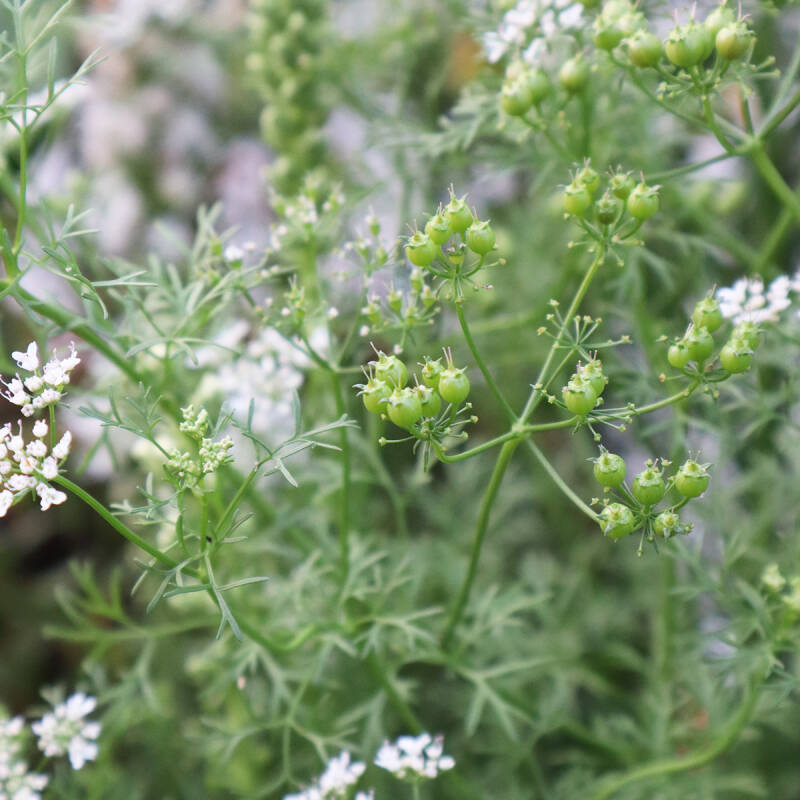I am always so suspicious of those lovely photos of potted indoor lemon trees, placed strategically next to a sofa or a bedside table–heavy with fruit and looking as if they were hauled indoors just for the shoot. I mean, who pollinated that citrus?
It turns out anyone can. In fact, some house plants self-pollinate. But to get citrus trees to reliably set fruit indoors, where no bees or other ambient pollinators are buzzing around, you can hand pollinate. Using an artist’s paintbrush, collect the yellow pollen from the tips of the feathery anthers inside a flower. Then brush the pollen against the sticky surface of the stigma in the center of a blossom. Repeat with each flower. Yes, this presupposes your indoor citrus trees flower in the first place. But quell your skepticism; that’s possible too:
Above: Photograph by Michelle Slatalla.
Above: Any small artist’s paintbrush you have lying around will do when it comes time to hand pollinate an indoor lemon tree. If you need to buy one, the Short Filbert Size 6 brush (second from L) is $9.75 from Dick Blick.
Above: An 18-inch-high Organic Meyer Indoor Lemon Tree Topiary is $95 from Viva Terra.
Above: An Organic Lime Topiary is $95 from Viva Terra.
Above: A Fukushu Kumquat Topiary is $95 from Viva Terra.
Above: Photograph by Michelle Slatalla.
Patience — a tree may not flower (or set fruit) before it’s five years old. To encourage it, give it eight or more hours a day of bright sunlight; a window with a southern exposure is ideal.
Above: Keep soil moist, but not soggy. Photograph by Michelle Slatalla.
For more citrus inspiration, see DIY: Moroccan Preserved Lemons.
(N.B.: This is an update of a post originally published June 11, 2013.)



















Have a Question or Comment About This Post?
Join the conversation